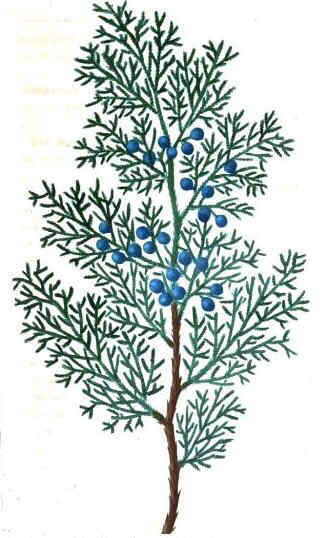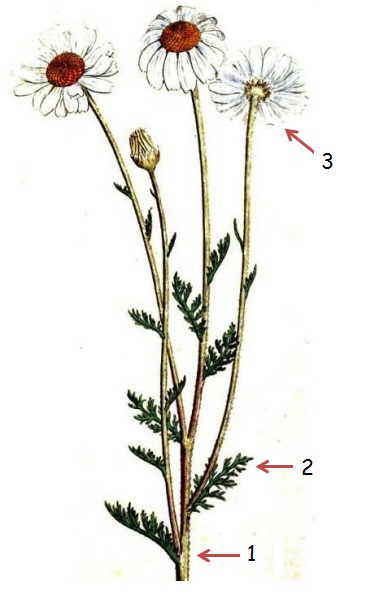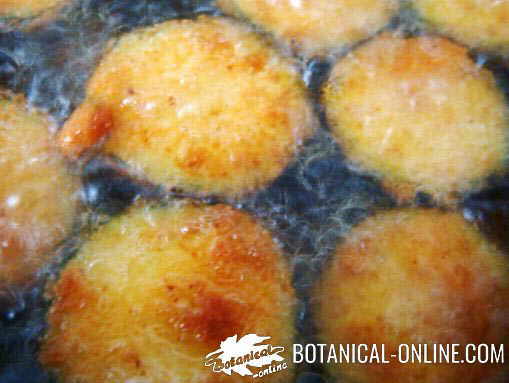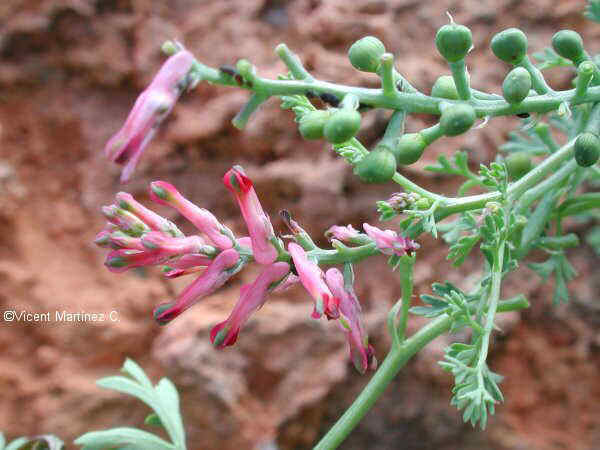Contents
Characteristics of red cedar

Common name:
Castilian: Enebro de Virginia, Sabina de Virginia, trabino, alerce español, cedro de lápices, cedro rojo del este
Catalan: Ginebre de Virginia
Portuguese: Cedro vermelho, Juniper vermelho, Cedro de lápis
French: Genévrier de Virginie
Italian: Geneiver american
English: Eastern Redcedar, Network Cedar, Eastern Juniper, Network Juniper, Pencil Cedar
Polish: Jałowiec wirginijski
Swedish: Ensläktet
Finnish: Rohtokataja
Norwegian: Sevenbom
German: Virginische Wacholder
Dutch: Ceder Virginia
Scientific name: Virginiana Juniperus L.
Family. Cupressaceae
Description of red cedar
Tree or shrub of the Cupressaceae FAMILY up to 30 meters of height, although more usually between 15 and 18 meters and sometimes does not exceed the height of a shrub. It is characterized by columnar or conical shape. Their trunks are short and have a reddish-brown bark that cracks easily in narrow bands. Its leaves have needle-shaped juvenile and mature form of flake. All of them of grey-green color. The fruits are small and dark bluish purple.
Habitat: It comes from North America. There are two varieties:
– Juniperus virginiana var. Virginiana. Variety which grows in the eastern part of North America, with very sharp leaves on its end and reddish brown bark.
– Juniperus virginiana var. Silicicola. A more southern species with leaves and bark dull orange brown.
Among the cultivated varieties we have to distinguish:
– Juniperus virginiana “Glauca”. with bluish-green foliage. Reaches about 8 feet high.
– Juniperus virginiana “Hetzii. ” with gray-green leaves. Smaller than the previous (3.5 meters)
– Juniperus virginiana “Sulphur Spray” = Juniperus chinensis’ Sulphur Spray. ” yellow-green leaves when young that become more gray as they mature.
Components of red cedar
Terpenes: Alpha-pinene, alpha-tujene, terpineol, cadinene, cedrene, gamma terpinene, limonene, linalool, myrcene, sabinene, terpinolene (leaves) alpha-cedrene, cedrene, cuparene, thujopsene (wood)
– Safrole (leaves)
– Estragole (leaves)
– Rhodoxanthin (leaves)
– Resin (fruit and wood)
– Podophyllotoxin
– Terpinolene
– Tannins (Fruits and wood)
– Minerals: aluminum, boron, cadmium, calcium, copper, strontium, lithium, magnesium, manganese, mercury, nickel, phosphorus, potassium, selenium, sodium, titanium, vanadium, zinc (young branches)
Medicinal benefits of red cedar
Curative uses of red cedar
It presents many applications as a folk remedy: antibronchitic, emmenagogue, antirheumatic, stimulant, anti-warts, abortive, etc.
It contains podophyllotoxin, a component that inhibits metastasis as used for the manufacture of cancer drugs.
It is a very toxic plant, so its domestic use is discouraged.
Given its toxicity, the elaboration of homemade medicinal products is not recommended.
Industrial uses of ced cedar
– A very resistant wood to pests and humidity: Its wood is very resistant to putrefaction by moisture and fungal attack. It is used in the manufacture of poles for fencing or barriers, in the manufacture of bows, trunks or boxes to store clothes, etc. Native American tribes marked their territories with poles made of red cedar wood.
– A tree very adapted for wind screens: The capacity of this plant to withstand adverse conditions (heat, cold, wind, dryness, etc), its adaptability to poor, sandy, rocky or clay soils, and the possibility of growing very well when planted, lead to recommend the use of this plant to curb the power of wind. For the same reason, it is usually planted in fences, gates or next to houses and fields.
Precautions and toxicity of red cedar
The essential oil of red cedar is toxic. Their properties are similar to savin juniper. It contains several terpenes, podophyllotoxin, safrole, estragol that could cause harm to the body.
Podophyllotoxin can cause abortion by increasing the contractions of the uterus, nevertheless its reactions can be so violent that they can produce death of the pregnant woman.
Safrole is an oily component of yellow color. Formerly it was used as an additive to many foods and in making soaps and cleaning products. Today its use is banned in many countries because it is considered cancerous. Numerous studies conducted in mice have shown this property. Is still used for the production of insecticides. It is also considered a psychoactive.
Many reports abound estragol suspect that it could stimulate the development of cancer and cause genetic changes. For this reason, although not banned the consumption of plants containing this principle, these studies suggest not to abuse of products containing this components, especially in regard to pregnant women, infants and toddlers. Besides this plant, many herbal medicines with a widespread use also contain it (fennel, basil, parsley, liquorice, pine, sweet bay, marjoram, etc)
The decoctions made from the leaves to facilitate menstruation, or those made from wood to produce abortion, can damage the kidneys, because, among other components, it contains nephrotoxic minerals as cadmium, vanadium, mercury and lithium. Vanadium is also toxic to the pancreas.
These same infusions, in high doses can cause various injuries to the gastrointestinal tract. Among the most obvious there are: vomits, gastritis, cramps, fever, convulsions, central nervous system paralysis, difficulty breathing and in severe cases, coma and death.
The preparations in external use can be irritating for the skin and, in more sensible skins, they can cause ulcers.
Studies carried out on its consumption by domestic animals, especially ruminants, such as cows and goats, has been shown to be toxic, it affects their digestive system. However it seems not to affect animals like horses.
Caution with the allergies!
The increased use of plants such as juniper, savins, cypresses or ornamental white cedar, has contributed to the increase in cases of hay fever. The Cupressaceae are a family that produces the greatest amount of pollen, and one of those that holds more allergenic agents.
The pollen of this plant is especially important during the months of February and March and can continue until the month of April. Many of the symptoms such as sneezing, runny nose, watery eyes, etc., may be confused with those of the common cold, and are therefore undiagnosed.
If you live in an area where there are lots of these plants and, if you have these symptoms, you should make a visit to the doctor to find the true causes of this problem.
![]() More information on other types of junipers.
More information on other types of junipers.








